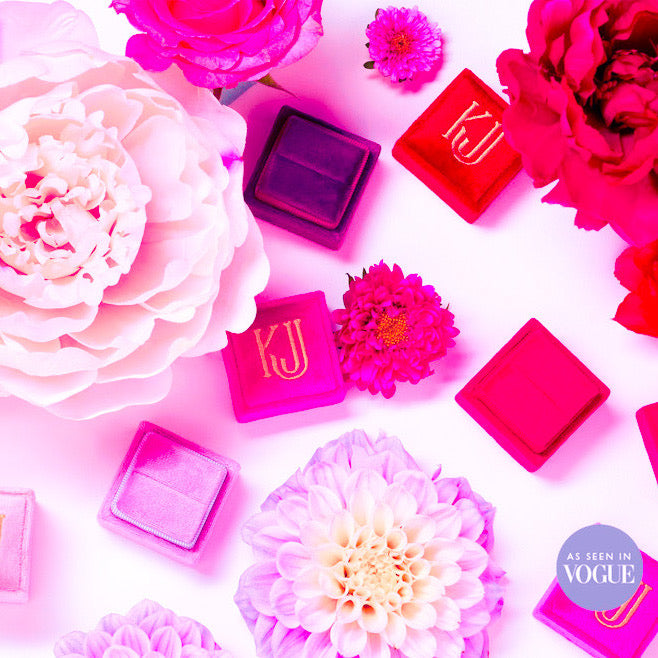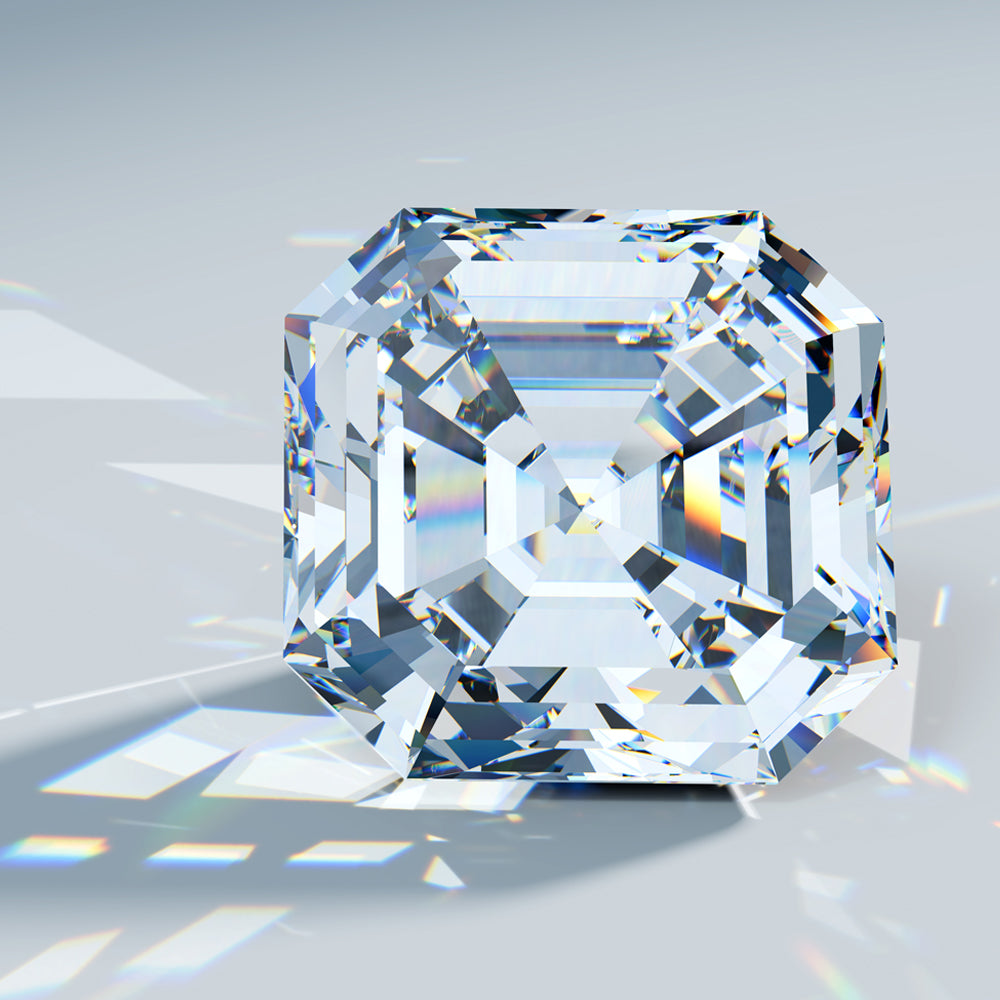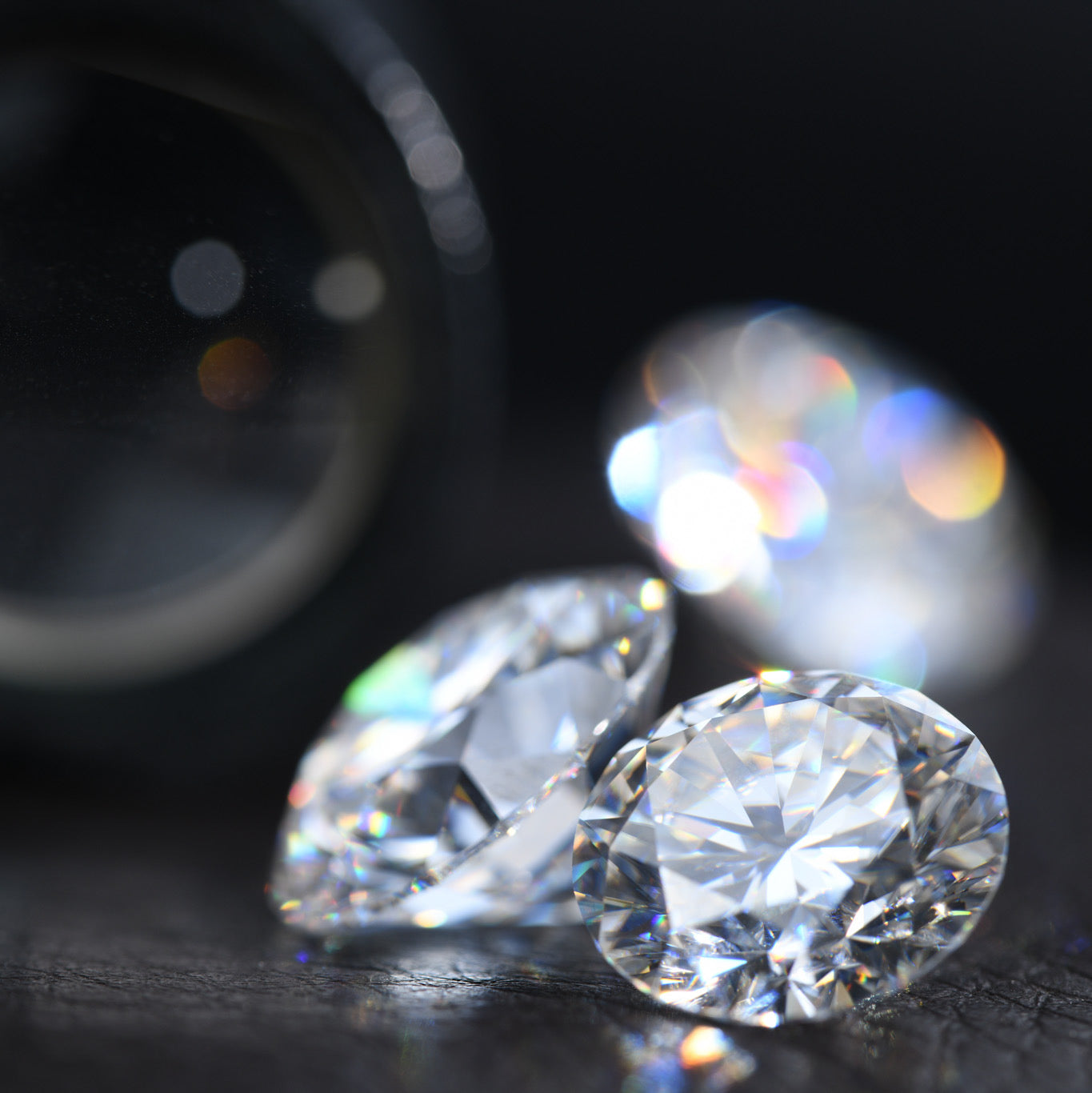The World of Pearls

How are Pearls Formed?
Just like Coral and Jet, Pearls are considered an organic gem because they’re made from living organisms. Natural Pearls are formed when a foreign object gets stuck inside the soft lining of an underwater mollusk, usually an oyster or a mussel. In an attempt to protect itself, the oyster or the mussel coats the foreign matter in smooth layers of nacre—the same material that coats the interior of their shell, aka Mother of Pearl.
If you were to look at the nacre of a gem-quality Pearl with a microscope, it would appear like a perfect stack of layered bricks: even, symmetrical and bound together with natural mortar. The more even and symmetrical the layers are, the smoother the nacre will be, and the more shine and reflection, and ultimately the more value the Pearl will have.

What are Natural Pearls?
The oldest record of natural Pearls was recorded by a Chinese historian in 2206 BC. For thousands of years since then, people continued to search out this rarest of natural gems as a symbol of status, wealth and ultimate beauty. They were lusted after by Julius Caesar, written about in epic poems by Homer in Ancient Greece, and worn with adulation by Kublai Khan, Marco Polo, the Romanovs and Queen Elizabeth I, among so many others. Occurring naturally over several months and sometimes years at the bottom of lakes, rivers and oceans, nearly priceless gem-quality Pearls were quite impossible, not to mention extremely strenuous, to find. The original Pearl sources were very different than what they are now, and included the lakes and rivers of China and Europe, including Britain, the Persian Gulf, and waters of Sri Lanka.
After the early 1900s, the natural Pearl market took an absolute nose dive for a few different reasons. For many in the Pearl business, including most in the US and Australia, sourcing Pearls was actually secondary to the much bigger business of harvesting their shells for use in making Mother-of-Pearl buttons. Once plastic buttons became mass-produced in the 1920s, the market for harvesting mollusk shells, and the Pearls they contained, quickly became unlucrative.
Simultaneously, the world’s largest and most abundant supply of luxury Pearls became a hotbed for an even more luxurious product: oil. Once oil was discovered in the Persian Gulf in 1908, it not only became its primary international industry, but quite sadly, also started to pollute the Gulf’s oyster beds and eventually wiped them out completely.
Mikimoto and His Cultured Pearls
The biggest reason for the decline of natural Pearls, however, was the invention of Culturing. While it’s believed that several people in Japan and Australia were developing the process of culturing Pearls around the same time, one of the most famous and successful, especially with his marketing techniques, was Japan’s Kokichi Mikimoto. By the 1890s, cultured Blister Pearls, which are essentially half-Pearls grown on the inside of the mollusk shell, were being sold in both Japan and Australia. Mikimoto opened his first Blister Pearl shop in Tokyo by 1899, but was also culturing whole Pearls by 1908. By the twenties, and the peak of the Art Deco period, when interest in exotic travel and culture was the height of fashion, Mikimoto was marketing his Pearls and Pearl jewellery around the world with supreme success.
Of course, natural Pearls still exist in oysters and mussels in waterways around the world, but because of the mass-culturing of Pearls and difficulty of harvesting them in a natural habitat, there is little financial incentive to do so. Pearl divers can search hundreds or even thousands of mollusks until they find a Pearl, and even then, it likely wouldn’t have gem-quality characteristics: a beautiful, symmetrical shape, blemish-free nacre, and an even bodycolour with shimmering lustre. It gives you an idea of how and why natural Pearls, especially strings of perfectly matched necklaces and bracelets became so incredibly valuable throughout history and truly left people in awe.
Cultured Pearls Today
American soldiers returning from World War II with cultured Pearl necklaces and bracelets for their wives and girlfriends solidified the demand for cultured Pearls and their place as a still very luxurious and fashionable item in society. To meet the continuing interest, Tahitian and South Sea Pearls began to be cultured in the 50s and 60s, while freshwater cultured pearls appeared on the market in China by the 1970s. The original freshwater pearls were very irregular and often rice-shaped. However, by the 2000s, Pearl farmers were producing gorgeous, round and lustrous Pearls. Now, Chinese freshwater Pearls can be of impeccable quality and significant size, even comparable to highly sought-after South Sea Pearls.
Today, the Pearl market mainly consists of four types of cultured Pearls: Freshwater, Akoya, South Sea, and Tahitian. Akoya, South Sea and Tahitian are all saltwater Pearls that are farmed with oysters, while Freshwater pearls are farmed with mussels. Saltwater Pearls are cultured by surgically inserting a small bead along with a piece of donor tissue from another mollusk, into an oyster’s tissue to encourage it to mimic the natural process of depositing nacre onto the bead. Each oyster will only produce one Pearl, with the exception of Akoyas, which can sometimes produce up to five. For freshwater Pearls, the mussel is implanted with multiple pieces of donor tissue, and can produce up to 32 Pearls each.

What Makes Some Pearls So Much More Valuable than Others?
Now that cultured Pearls are so widely available, and with high-quality Chinese freshwater varieties saturating the market (China produces more than 10 times the amount of freshwater Pearls than all other markets combined), Pearl jewellery is now available at nearly every price point. Keep in mind, due to the sheer size of production, even the best quality Chinese freshwater pearls are relatively inexpensive when compared to Akoya, South Sea or Tahitian Pearls in their best qualities. Not only are the latter generally much more difficult to successfully culture, it is incredibly time-consuming, with the single-Pearl producing oysters usually having to be 24-36 months old before they can produce their first Pearl (versus the 6-12 month maturity needed for multiple freshwater Pearls.)
When evaluating any Pearl, the following factors affect the price the most: size, ideal round shape, the thickness and quality of the nacre, orient, overtone, and how well they’re matched in a necklace, bracelet or earrings.
While round pearls are obviously the most popular, there are many other shapes that exist, and so symmetry of the shape is the most important when it comes to value. In the last couple of years, Pearls have massively regained in popularity, with many modern designs featuring highly irregular shaped Pearls. Often called baroque or soufflé pearls, these irregular shapes were once cast aside completely, but are now being offered and even sought-after more and more for their unique appearance. Although they are often marketed as “natural,” keep in mind that these Pearls are still cultured, and while irregular and highly difficult to match, like all jewels, their true value presides in your personal love for them.
As mentioned, lustre is one of the most important characteristics of a Pearl, and refers to its shine and how well it can reflect light. While Akoya Pearls are the smallest of the saltwater group, they are known for being the most reflective, and can sometimes have nearly mirror-like shine. Overtone is the subtle, secondary colour you can sometimes see when light reflects off the Pearls. While the main bodycolour is traditionally white or cream, the overtone can be pink or “rose” (the most valued) or greenish. Tahitian Pearls are the most famous not only for their large sizes, but for having dark, exotic colours with many possible overtones. Their unique and highly valuable colours are so sought-after, that even slight differences in hue play a very important role in their value. Lastly, orient, like overtone, is a valuable characteristic that not all Pearls possess. Similar to Diamond, it’s the ability of the Pearl to break light down into multiple colours, which gives the Pearls a beautiful and other-worldly iridescent effect.
For more details on each Pearl type, watch our YouTube Video.
What are Non-Nacreous Pearls?
As mentioned, all of these cultured Pearls are formed when a mollusk coats foreign matter with concentric layers of nacre. The nacre’s quality and signature pearlescent lustre and colour is what gives these Pearls their beauty and value. However, not all Pearls are formed the same way, with the same arrangement of nacre layers. The two most well-known non-nacreous, natural Pearls are Conch Pearls and Melo Pearls. Both of these varieties have a beautiful porcelain-like finish, when in its best quality, is referred to as “flame structure.” Conch Pearls are most often a rosy-pink hue and oval or irregular in shape. They’re formed by the famous Conch shell from the Caribbean and are usually under 10mm in size. Like all non-round Pearls, symmetry is the most important factor when considering their value, along with a strong, beautiful pink colour. Conch Pearls are best worn in the evenings, since their colour can mysteriously fade over time, especially in sunlight. Melo Pearls come from the Melo Melo shell found in Australia and Southeast Asia. They’re much larger in size (often 20-30mm!) and are usually round with an exotic peachy-orange hue.
For tips on how to clean and care for your Pearls, click here.




